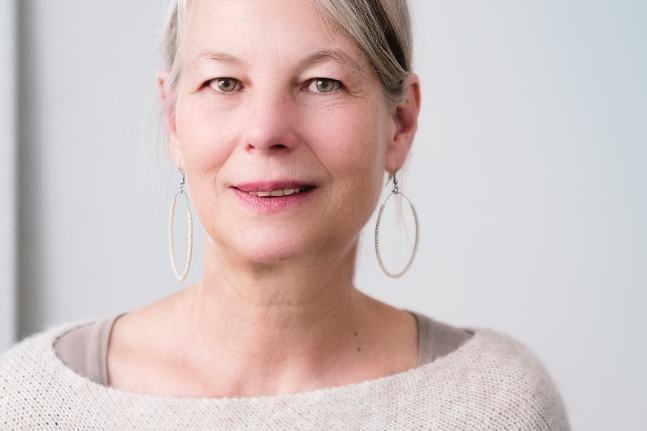A case of haemochromatosis
A lovely older woman (in her 60s) came into the clinic and the first thing that struck me was that she had a lovely tan, even though it was the middle of winter. Commenting on this, she said that in the past few years her skin always looked a lovely healthy colour.
However, on questioning, I found she had been increasingly feeling tired and rundown and was gradually acquiring various aches and pains that she was attributing to getting older. Not believing that increasing symptoms are purely a function of the ageing process, I decided further investigation was needed.
She was also noticing (and attributing to age) that she was increasingly irritable and since menopause 10 years earlier had been losing body hair from under her arms, her legs and her pubic area.
To slowly reduce the iron overload, I suggested she take two quercetin tablets twice a day and drink organic green tea regularly.
Some symptoms were starting to bother her. She was experiencing some digestive upsets and abdominal pain, including occasional discomfort on the right side under her ribcage. Her diet was quite good: she ate largely organic foods and a wide variety. She was Type O blood, so liked to eat some form of meat, particularly red meat most nights, although she ate fish once a week and chicken once or twice a week. She also ate a reasonable serving of a variety of vegetables. She liked a glass or two of a good red wine with her meals — and mentioned its reputed antioxidant properties. She exercised regularly, mainly walking and swimming in summer. She was taking vitamin C regularly, an iron tablet occasionally to improve her energy, and an antioxidant formula.
As these symptoms were vague, a couple of blood tests were requested through her GP. The results were interesting.
Her full blood count was essentially normal, but her liver function tests were slightly high (ALT 132, N=5-30) and her ferritin levels were moderately high (457, N=30-300). With these results, we then requested she be tested for haemochromatosis, which came back with a positive result for the haemochromatosis gene (heterozygous H63D — a faulty gene). This particular gene is not noted for severe forms of haemochromatosis but, combined with her diet, was worth considering.
Too much iron
Haemochromatosis is a problem that is often unrecognised as the symptoms can so easily be related to general dietary and lifestyle factors. It’s a genetic condition of excess iron storage and is rare in premenopausal women because the excess iron is excreted through menstruation. However, it often manifests in men and postmenopausal women, as the levels of iron are increasingly stored and build up until they cause damage. On reflection, her symptoms were typical of this condition, including the lovely “tan” she appeared to have. Her diet was quite high in iron with the red meat and red wine, and these were contributing to the problem.
I therefore recommended that she reduce her red meat and red wine consumption. As she wished to continue having a glass of wine with her meal, I advised white wine was a better option (she didn’t react to the sulphur in white wine, so that was acceptable). I advised her to stop the iron tablets immediately and to never take vitamin C with her meals, as this increases iron absorption from foods. Iron is easier to get into the body than to remove from it — except through bleeding. The antioxidant supplement was fine.
To slowly reduce the iron overload, I suggested she take two quercetin tablets twice a day and drink organic green tea regularly (she didn’t like the taste of this, so I recommended she add mint, ginger or lemon balm to the tea as she enjoyed these flavours). She was also given a herb mixture of dandelion root, schisandra berries, St Mary’s thistle and burdock to encourage the liver to metabolise the iron more effectively, and to increase bile production to reduce some of the iron overload.
I recommended a higher-fibre diet to improve digestive function, as well as increasing the vegetables (iron is poorly absorbed from vegetables), nuts and seeds, and having a vegetarian meal a couple of times a week. I recommended slippery elm powder and probiotics along with a vitamin D supplement as this was low on the testing.
Emu oil used topically as a moisturiser was another recommendation, both for its skin repair function and for its anti-inflammatory effects (to reduce aches and pains).
After several months following this regime, the hair under her arms, on her legs and on her pubic area started to grow back, her energy improved and her aches and pains eased. On repeat blood testing, her liver function tests had normalised and her ferritin was back to 214. She was feeling a lot better but was bemoaning the apparent loss of her “tan” as her skin was now a paler colour, more appropriate to winter. She is, however, maintaining the program as she realises the benefits.
Luckily, her haemochromatosis was only minor, as it was the heterozygous gene, but this can be transmitted to offspring so it was recommended that she have her children tested so they can be aware if they need to manage their diets now if at risk of developing this condition.








